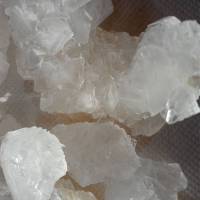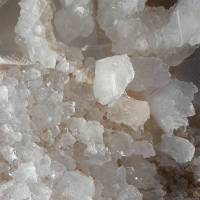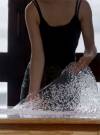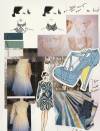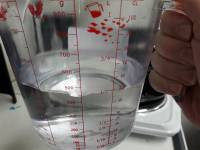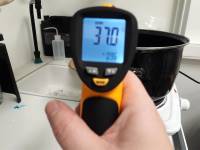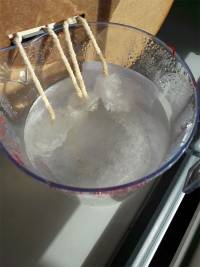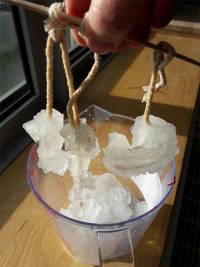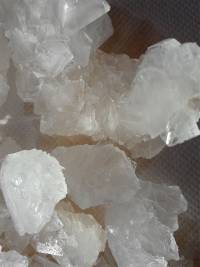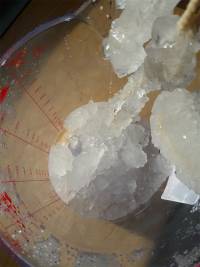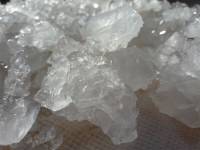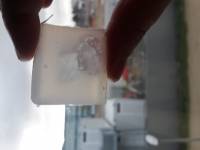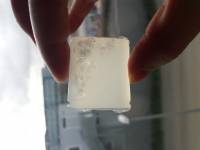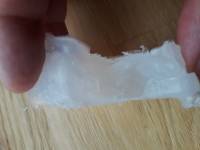Class 4 : BIO DYES & BIOFABRICS
Alum Cristalization
Technics
- Alum Cristalization
- Crystal Molding
Material
- water
- alum powder
- silicone
Tools
- measuring glass
- wooden batonet
- string (I took one with a lot of fiber)
- a laser thermometer
- an electric plate or kettle
Assignment Project Description
The students can work in group, identifying tasks and splitting them, as long as they all proof they are able to carry out each task. They can choose to: Produce at least one natural dye, modifying it’s colour and mordanting it in different ways to dye at least 2 different categories of fibers. Explore dyeing with bacteria of different fibers and bacteria.
Testing crystallization with alum and crystal molding in silicone
Inspirations & References
1/ boil the water at 35 degrees.
2/ mix alum with water until the water is as clear as possible
(the more alum you put in, the faster the crystallization is fast)
3/Place the stick on top of the glass as you go.
4/Immerse the strings in the mixture.
5/72 hours after....
6/crystals formed around the strings
7/and the bottom of the glass is filled with small crystals
8/the crystals are filled with water and melt in the heat
Mould test
After several days, the crystals are stronger.
1/ small crystals are dipped in silicone
2/After 4 hours of drying
3/ crystals and silicone are distinguished by transparency
4/ the shape of the crystals is well impregnated in the silicone
Improvements and Challenges
To continue the test with moulded crystals in silicone, the next test will be carried out on a 1mm sheet of silicone with mini crystals. the sheet is then cut out as a pattern for clothing or accessories.
